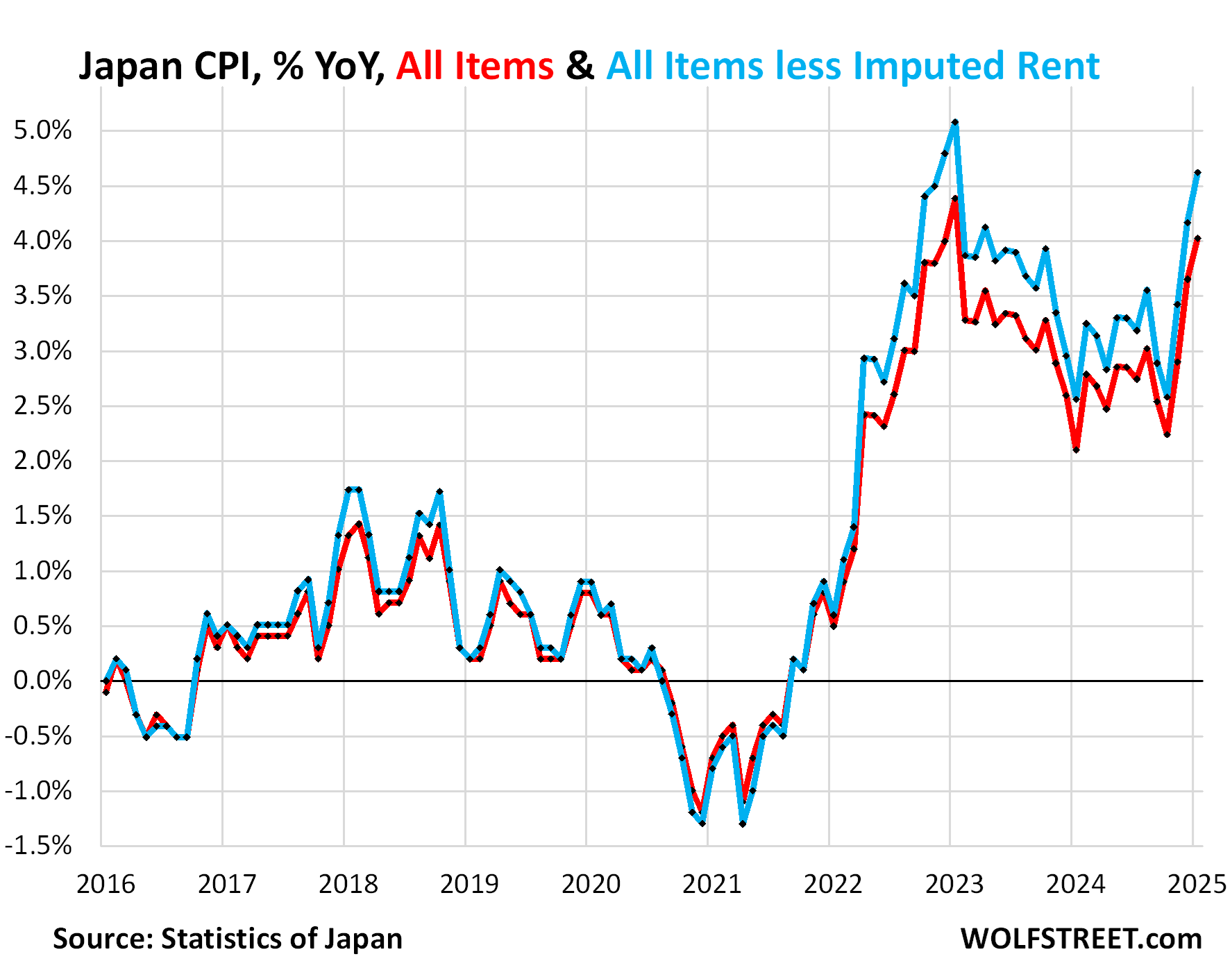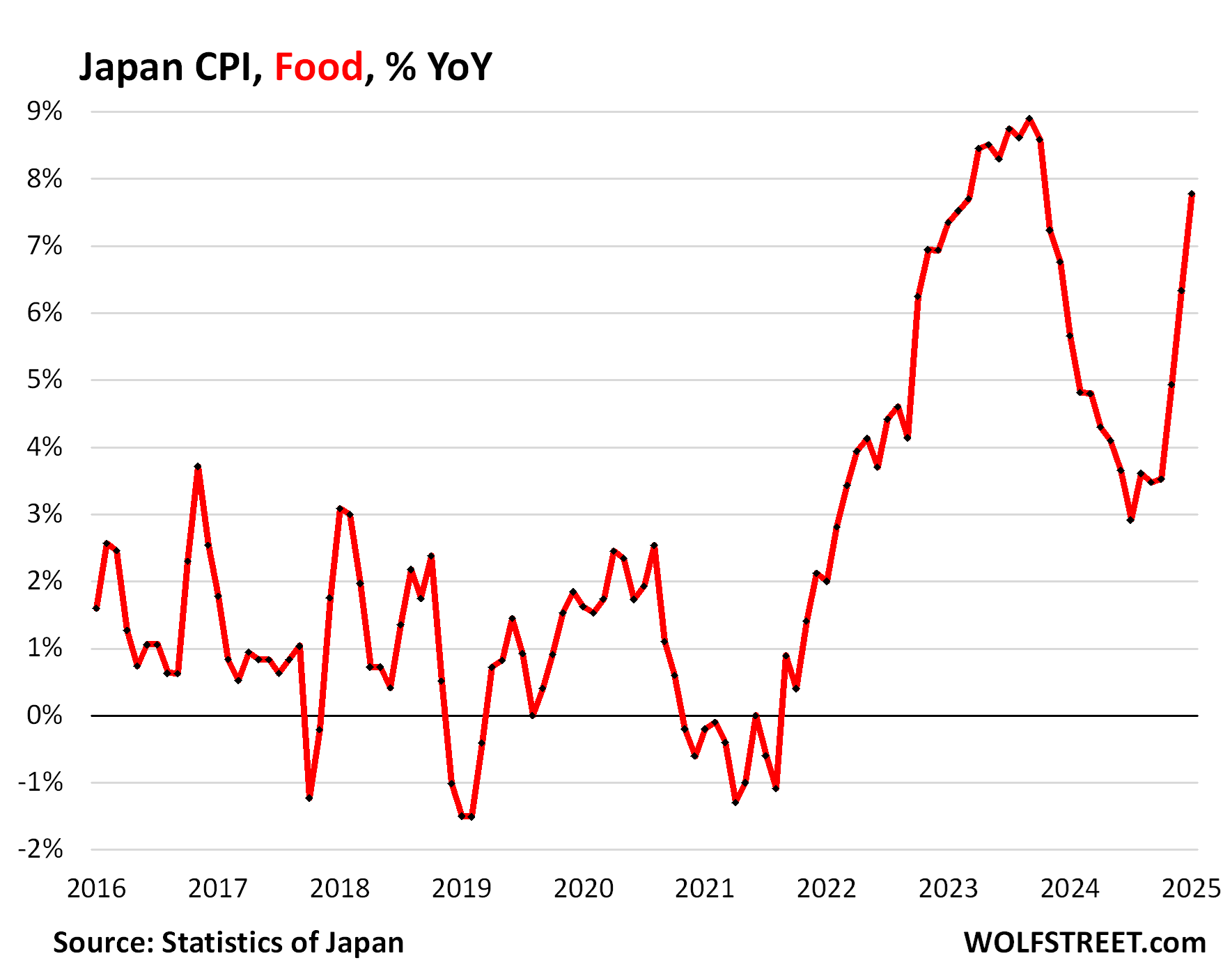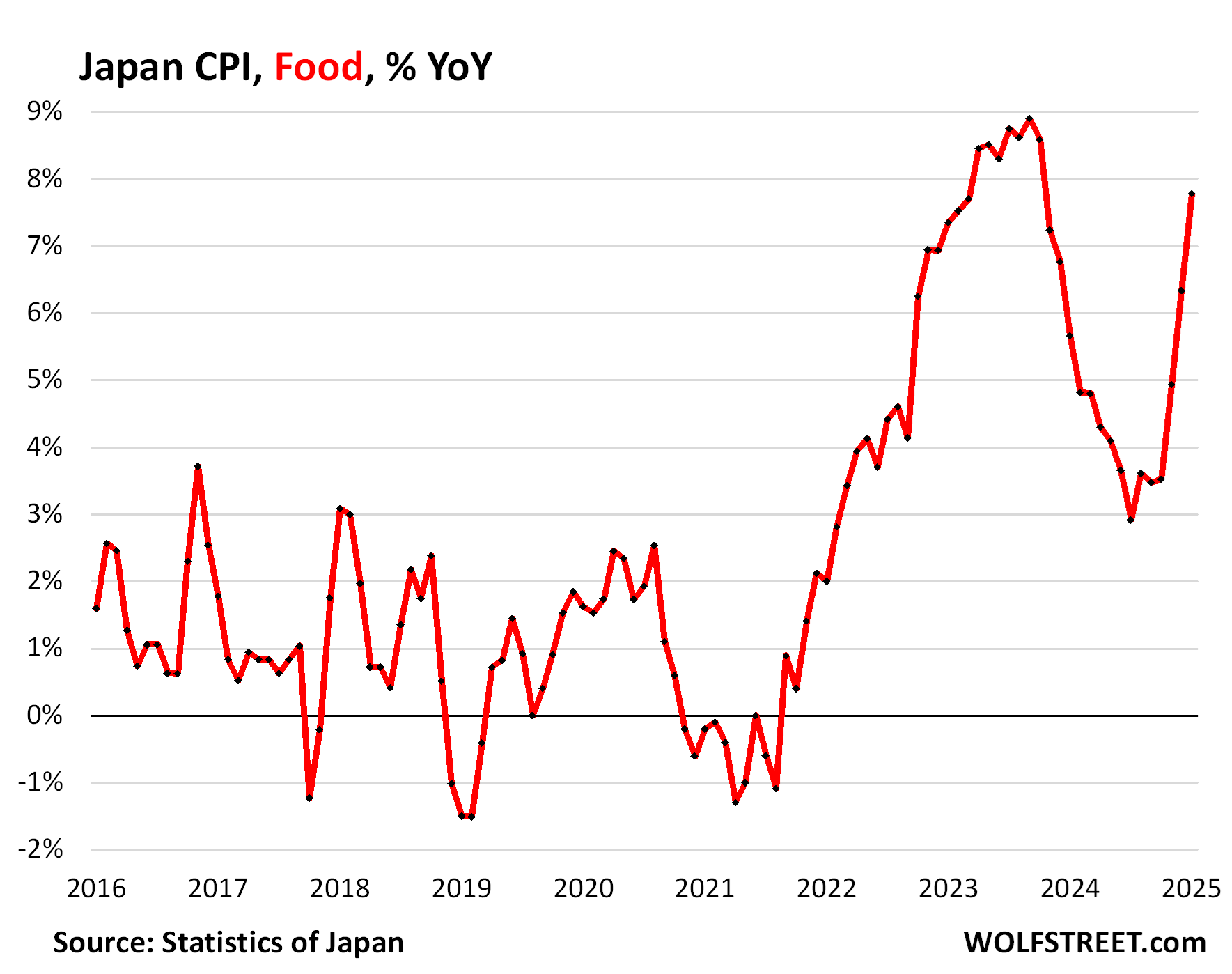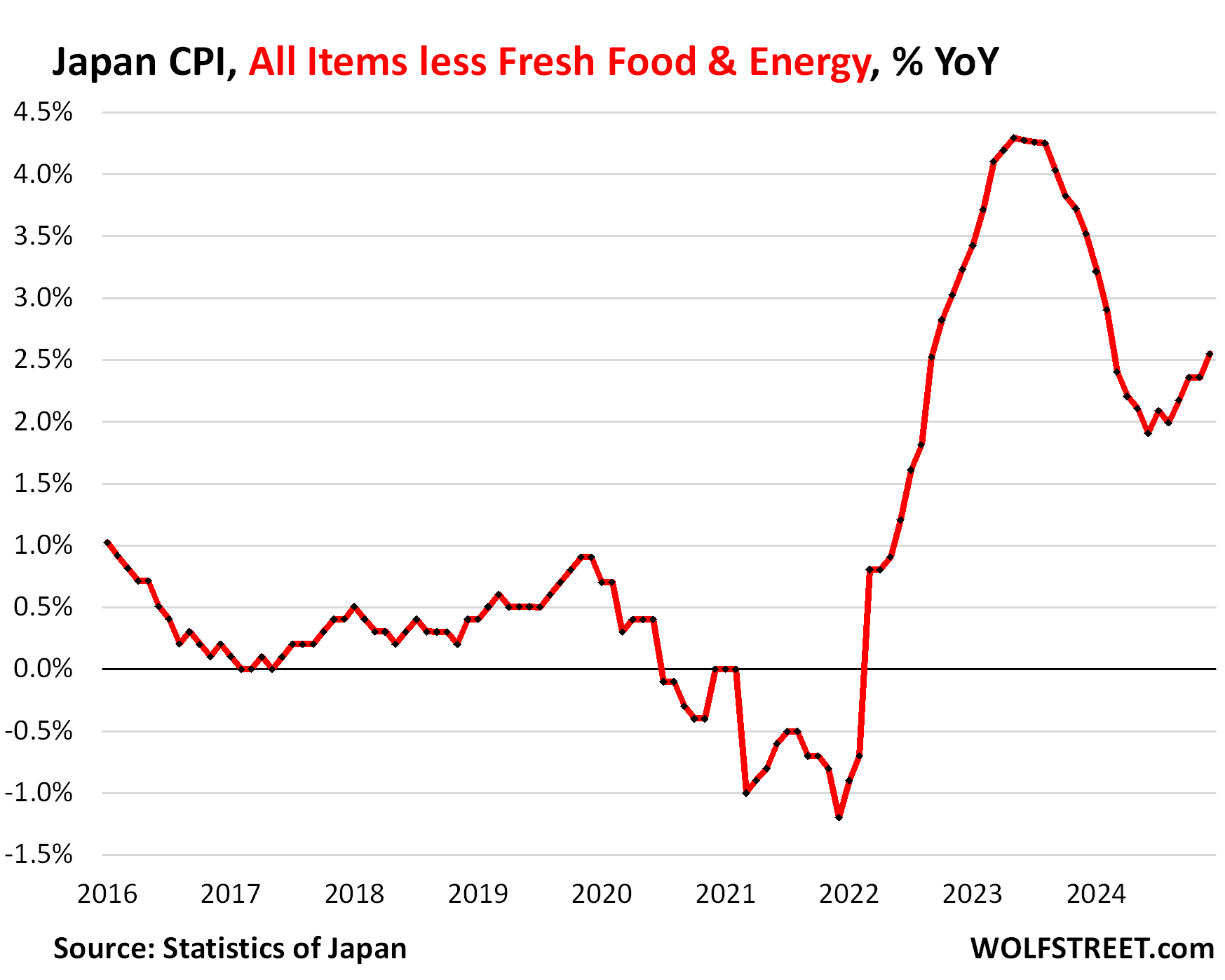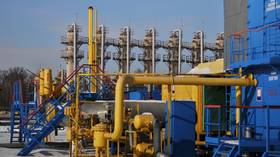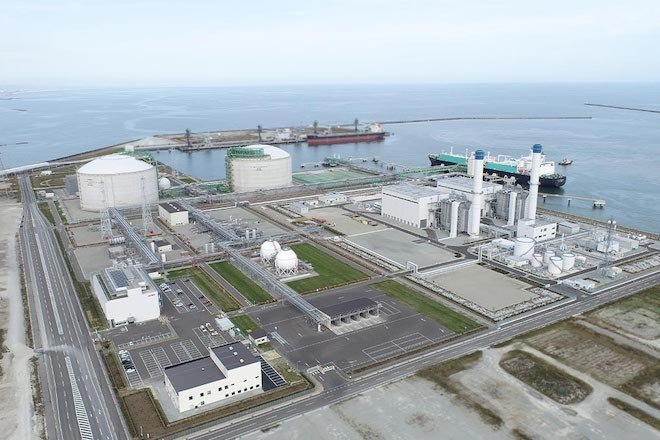In this episode of Energy News Beat – Conversation in Energy, host Stuart Turley sits down with Steve Kinard from Shalehaven Partners at NAPE to dive into the evolving landscape of energy investments. Steve shares his journey from oil & gas to Bitcoin mining and politics, shedding light on how his experiences shape his approach to energy and finance. They discuss Shalehaven’s unique investment model, the importance of fiscal responsibility in oil drilling, and the growing demand for natural gas driven by AI and data centers. Whether you’re an investor, energy enthusiast, or just curious about the future of oil & gas, this conversation is packed with valuable insights.
Thank you, Steve, for stopping by the podcast at NAPE. I had an absolute Blast!
Please check out Steve’s LinkedIn and Shalehaven
https://www.linkedin.com/in/steve-kinard-jr-1144b87/
Shale Haven Partners Energy Website: https://shalehaven.com/
Highlights of the Podcast
00:08 – Introduction
01:07 – Steve Kinard’s Background
03:37 – Shalehaven Partners & Oil Investment
06:13 – “Drill Baby Drill” with Fiscal Responsibility
09:26 – Energy & AI – The Growing Demand for Gas
12:02 – How to Connect with Shalehaven
Check out Reese Consulting – Our new Daily Energy News Beat Show Sponsor: https://reeseenergyconsulting.com/
Stuart Turley [00:00:08] Hello everybody, welcome to the Energy Newsbeat Podcast. We are live here at NAPE and I’ll tell you what, this is absolutely a real treat. We’ve got Steve Kinard and he is with Shalehaven Partners and I’ll tell you what, this is really exciting. Welcome to NAPE.
Steve Kinard [00:00:23] Thanks for having me, Stu. You know, it’s kind of fun to be the first recording here kicking off NAPE. Everyone’s coming in to the doors and I feel like this is the year of the American oil man.
Stuart Turley [00:00:34] Isn’t that great?
Steve Kinard [00:00:35] You know, lunar calendar is the year of the snake. Good luck with all of that with the snakes. Here in America, it’s the year of the oil man. You can feel it here at NAPE.
Stuart Turley [00:00:42] I like that. Now, you know, instead of, I did not have President Trump going to claim Gazelago instead of Gaza. He’s now going to put AmeriLago in Gaza. Who’s going to say that we’re not going to have Gazelago in Midland, Texas, right?
Steve Kinard [00:00:58] Anything’s on the bingo card, potentially, at this point.
Stuart Turley [00:01:01] Well, then you’ve got a really wild background, not only in politics, but oil. Tell us a little bit about that.
Steve Kinard [00:01:07] Sure. I mean, it is a little bit unconventional to say the least. I mean, I’m a born and raised Dallas, Texas guy and went to A &M undergrad and eventually decided I wanted to work in the oil and gas industry. And so I did that, was based in Houston, was part of SART and an EMP, private equity backed, fairly traditional in that sense. Right. We sold that, moved to Dallas, was working on the banking side. And then I fell into high performance computing in the oil field during the COVID time, and everybody had a little more time on their hands at home. And I heard about Bitcoin mining in the oil field. And when we were operating in the company I worked at, we had some stranded gas, some issues on our gas. And I said, I don’t know anything about Bitcoin. You can tell me that there’s a way to get more than zero for that gas. I’m very interested in that. And I went down the proverbial rabbit hole. I came out the other side, leaving oil and gas for a bit. I worked at the Texas Blockchain Council. And I’m proud to say, we were part of working on bringing the Bitcoin mining pavilion that’s here at NAPE, still, become something of a fixture here. And through that, I got involved more in the political process, both from a pro -energy abundance perspective. I’ve always had that conviction, believe in American energy and that we should lead into that, but also pro -technology, pro -innovation. And in making Texas, you know, the center of the world. So ended up going to Austin and we’re getting more politically involved. Somehow got it into my head, you know, I’m going to run for political office. I just felt like if you are not in the arena, you can’t complain about what’s going on. I had seen plenty that I didn’t like. And just, just felt a calling to do that started from nothing. No campaign manager, no name ID, none of that. You know, and we were blessed to go through that process. Win the primary decisively. Senator Ted Cruz endorsed our campaign, Governor Greg Abbott. And ultimately we didn’t get the win in the general election. Ended up about 5248. And so it was a close one. Met a lot of people.
Stuart Turley [00:03:04] Are you going to run again?
Steve Kinard [00:03:05] Still glad I did it. You know, my focus right now is really back to the old field of shipping partners. Now I’m not going to say, no, I won’t run again. I feel like there’s a part of me invested in that process.
Stuart Turley [00:03:15] Right.
Steve Kinard [00:03:16] And I do want to stay involved in that. And I want to make sure that Texas is a leader in freedom and energy production and innovation. I’m not sure if that means running for political office again.
Stuart Turley [00:03:26] Right.
Steve Kinard [00:03:27] I’m open to it.
Stuart Turley [00:03:28] Well, tell us about Shale Haven. Cause I really like your website. It’s shale haven.
Steve Kinard [00:03:31] Shalehaven.com
Stuart Turley [00:03:33] Shalehaven .com. Tell us about your site and tell us what you guys do.
Steve Kinard [00:03:37] Sure. You know, when I was in the banking side of things, oil and gas banking, right, I saw all kinds of deal flow coming through. And at that time, this was probably 2021. I started to see more and more direct, well -bore investing, non -operated, well -bore investing. And I got interested in that because it’s a way to get an interest directly in a drilling project at a very low cost structure, because you’re often single digit percent in terms of your interest in a project. So you’ve got a competent operator out there that’s carrying most of that for you. And I saw the attractiveness of that. I also understood why a lot of the bigger private equity shops weren’t interested, because it’s generally smaller checks that you’re writing to get into that. But I saw some of the economics on that. And I just knew from firsthand experience that they can be very compelling. Fast forward to late last year, as I was coming to the other side of the election and didn’t turn out the way that we wanted, I’d met a lot of people and through my network was fortunate to meet my partners, ShaleHaven, Graham and Nathan. And they had seen some of the same and it started shooting in 2024, raised up some money, already drilling wells and we’re kind of proving up that concept. And, you know, and I told them, you know, typically you meet someone, maybe it takes some longer to come up the learning curve of what you’re doing. But I understood right away, right, was pulled into that. The differentiated approach from Shell Haven, because, I mean, look, there’s a lot of different oil and gas investment. I do think that we have a differentiated value proposition and there’s a couple of ways that we do that. The first is Shalehaven has a separate fund for each calendar years. We had a 2024 fund, we pass along the tax advantages, which are substantial. IDCs and investing in oil and gas to reduce your tax burden. And people should reach out to us to learn more about that. 2025 is a new fund for this year, where I’ve come in. So it’s a really kind of clean and simple way to plan around the tax advantages of the IDC.
Stuart Turley [00:05:36] You know what’s kind of fun? Everybody is out there saying President Trump is saying drill baby drill. But I think that there is now a difference to this. And that is instead of drill baby drill, it’s going to be drill baby drill when fiscally responsible, because I have seen so much fiscal responsibility and all the EMP operators that are out there. They’re giving money back to their shareholders and stakeholders like you wouldn’t believe. So investing in oil and gas is not just going to be drill baby drill to the floor. So it’s drill baby drill and then give money back to the investors.
Steve Kinard [00:06:13] You know, that’s absolutely right. The term we kind of throw around is mailbox money. You know, we have no debt in our fund right now.
Stuart Turley [00:06:20] Isn’t that great?
Steve Kinard [00:06:21] Invest in the drilling and start sending that money back to our investors. And you get a level of liquidity that frankly is hard to find in any other investment that typically have longer lockup periods.
Stuart Turley [00:06:30] Oh, you know, what’s fun is right now, my investments in oil and gas. I’m getting thirty two point one percent and that’s on last year’s money. And that does not include the tax deduction. So I love me some mailbox money.
Steve Kinard [00:06:43] And I can concur that, you know, that is that is a very, very, you know, achievable type of target.
Stuart Turley [00:06:49] It depends on the day. Exactly. And so when you sit back and take a look, it is the ESG movement has been horrifically bad except for the governance in the big oil and in the private area. It has really changed the face of investing in oil and gas.
Steve Kinard [00:07:08] No, I can concur and I live through it on both the equity and banking side myself of kind of the heady days of stretch, you know, dead and all this kind of exotic structure. And a lot of that is gone. And it’s back to kind of the hard, you know, look at the numbers. Do what makes sense.
Stuart Turley [00:07:26] Yep.
Steve Kinard [00:07:26] Stay in the fairway.
Stuart Turley [00:07:27] Oh, I’ll tell you what now. So where do you see oil going in 2025? Because everybody is sitting there saying, I don’t want to set you up. But I’ve got I’ve got my opinion. And I think, you know, President Trump has got Doug Burgum for Interior and he’s got Lee Zeldin for EPA. He’s going to really help cut that out. And then we have the great Chris Wright. And I mean, he’s got a trifecta that he’s going to help really lower our cost as oil producers.
Steve Kinard [00:07:56] I think the you know, the inner circle in this administration is a group of all stars. I’m glad to see it. I was a delegate for President Trump in Milwaukee.
Stuart Turley [00:08:04] No way.
Steve Kinard [00:08:05] Yes, sir. That was a phenomenal experience. And, you know, part of why I wanted to do that and support, you know, his vision,.
Stuart Turley [00:08:12] Nice.
Steve Kinard [00:08:12] Energy abundance in America. So it’s near and dear to my heart. I think one of the most interesting dynamics that we’re seeing in the energy space is the confluence with technology. President Trump and one of his executive orders characterized it best where he said, we’re in an energy emergency. We are in a time where we have to build and be focused on winning. You know, he’s focused on China. We need to be focused.
Stuart Turley [00:08:34] Yes.
Steve Kinard [00:08:35] And building here. He has set the tone for that. At the same time, he’s approached technology, particularly AI, with a similar fervor of we must win and we must build in this sector. I thought it was interesting in recent weeks. Chevron was the first major publicly that they have a program to start co -locating data centers, primarily AI data centers with their energy infrastructure. I was just at breakfast this morning speaking with some gentlemen with a lot of gas production. Same thing. Everyone’s starting to look at it. And it makes a lot of sense because I can tell you from personal experience, I’ve been to many data centers that the demand there is going to continue to go up. There’s something called Jevons paradox as chips and models get more efficient.
Stuart Turley [00:09:19] Right.
Steve Kinard [00:09:19] The aggregate energy demand actually goes up because it facilitates more and more innovation on top of the technology.
Stuart Turley [00:09:26] You bet.
Steve Kinard [00:09:28] Isn’t that remarkable? And so we’re seeing something of a golden age, I think, in the build out of data centers. Winning the AI race is downstream of winning the energy race. I think that dynamic is going to play out a lot this year. I see a big growing new demand center for gas, particularly from that. And so I’m bullish around that in terms of supporting gas prices.
Stuart Turley [00:09:48] Oh, you bet. You know, what’s kind of fun is we sit here at NAPE and and everything else. Everybody, all the renewable energy and everybody thinks that they can run data centers off renewable energy. And then you have Bill Gates and you have Larry Fink coming out and say we need lots of natural gas. It doesn’t sound like renewable energy.
Steve Kinard [00:10:11] Reality is coming home to roost right now. You know, pretty soon, China is going to lap us, building coal fired plants and reliable energy there to fund their technology industry. We’re at a point where we have to get down to brass tacks and speak in reality. And the fact is we have abundant natural gas. We can deploy that. It’s reliable. And we need to execute on that strategy. I think President Trump’s providing that leadership. I’m glad to see it. I’m going to take a little bit of a contrarian take as well. I’ll share with you something that I heard earlier this week. There have been so many headlines in recent years. The internal combustion engine is going away. We’re going to electric cars and look, I think Tesla makes a cool car. I know plenty of people that own them. I’m not against that. I’m for an innovation economy. That’s great. Here’s the reality, though. There’s a large switch to electric vehicles, particularly with automation getting closer and closer. There’s sheer amount of power that needs to be built out on the grid. I’m not talking about building all the batteries. That’s an issue that’s been more addressed.
Stuart Turley [00:11:10] Oh, absolutely.
Steve Kinard [00:11:11] The grid itself, the sheer amount of energy generation that we would need to service our entire driving fleet is almost mind blowing. Now, later on to that, we have a whole new demand center coming from AI to us that we already need to significantly expand our grid. I don’t think the numbers add up. I think all of a sudden, if you want to deploy automated self -driving fleets at scale, an internal combustion engine looks like the best way to do that effectively and actually get it to market. And I think we’re going to start to see that dynamic play out. The kind of promise that that, you know, oil is done and we’re going to zero is is really a fable.
Stuart Turley [00:11:50] You know, it’s fun. Have you ever seen anybody make a iPhone out of a window? Yeah, it ain’t going to happen. You got to have the oil byproducts in order to do that. Absolutely. So people have people find you.
Steve Kinard [00:12:02] We’re at Shalehaven dot com. I’m easy to find on LinkedIn. Would encourage people to reach out and get in touch with me there. As Kinard is in my name at Shalehaven dot com. I’ll respond to the email there. You know, we’re happy to have closed out the 24 fun. We’re drilling right now in the Baca and the Wolf Camp and Hainesville that.
Stuart Turley [00:12:18] Nice.
Steve Kinard [00:12:19] Results will start coming in soon. So we’re ramping up for 2025. We’d love to hear from people. And thanks so much.
Stuart Turley [00:12:24] Hey, thank you for stopping by the podcast. Drill, baby, drill. I love it. Thank you very much.







